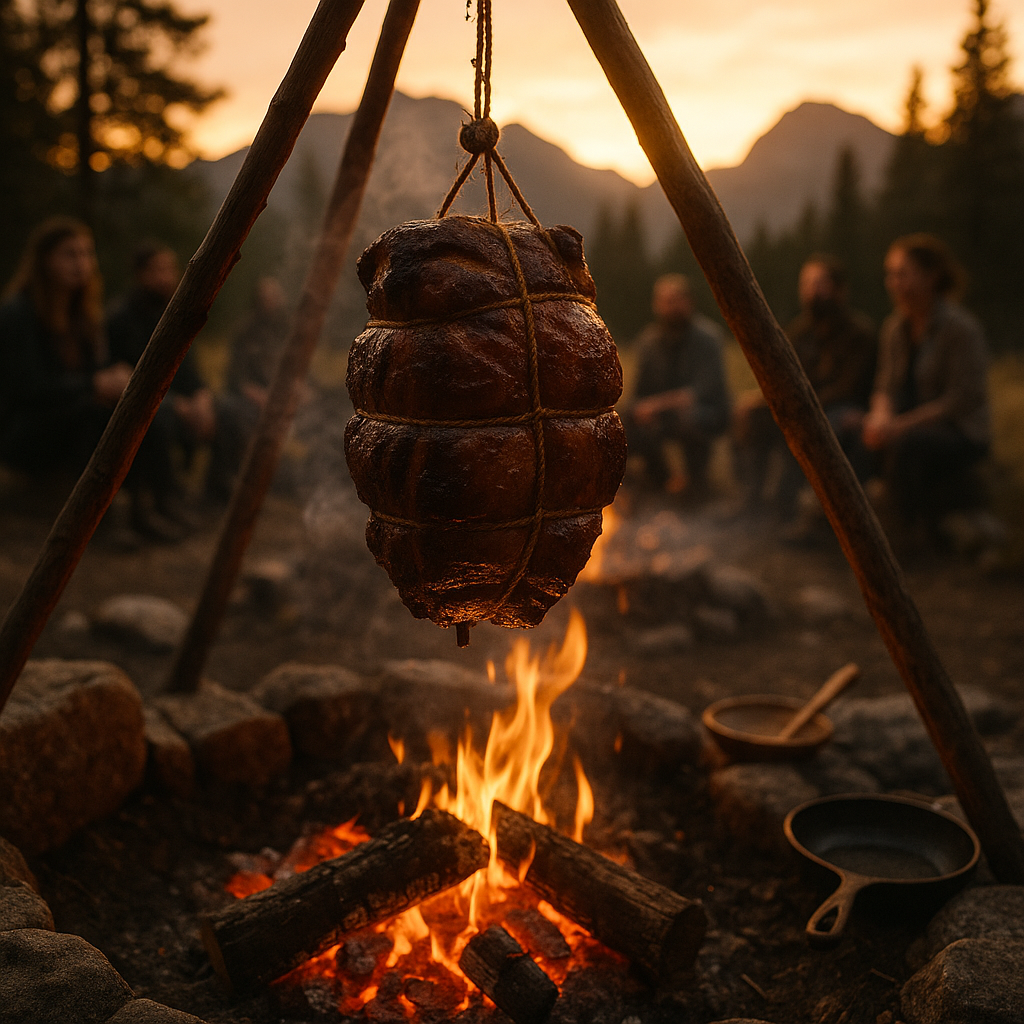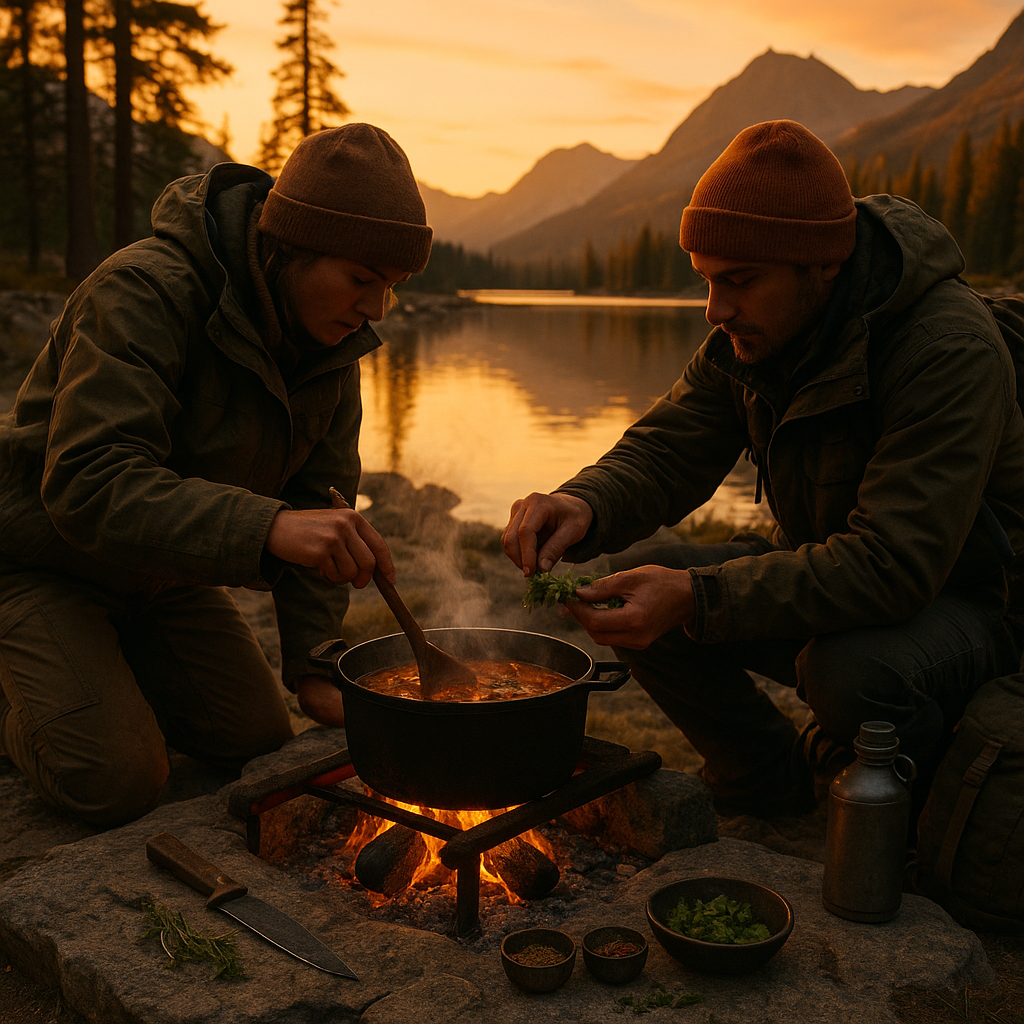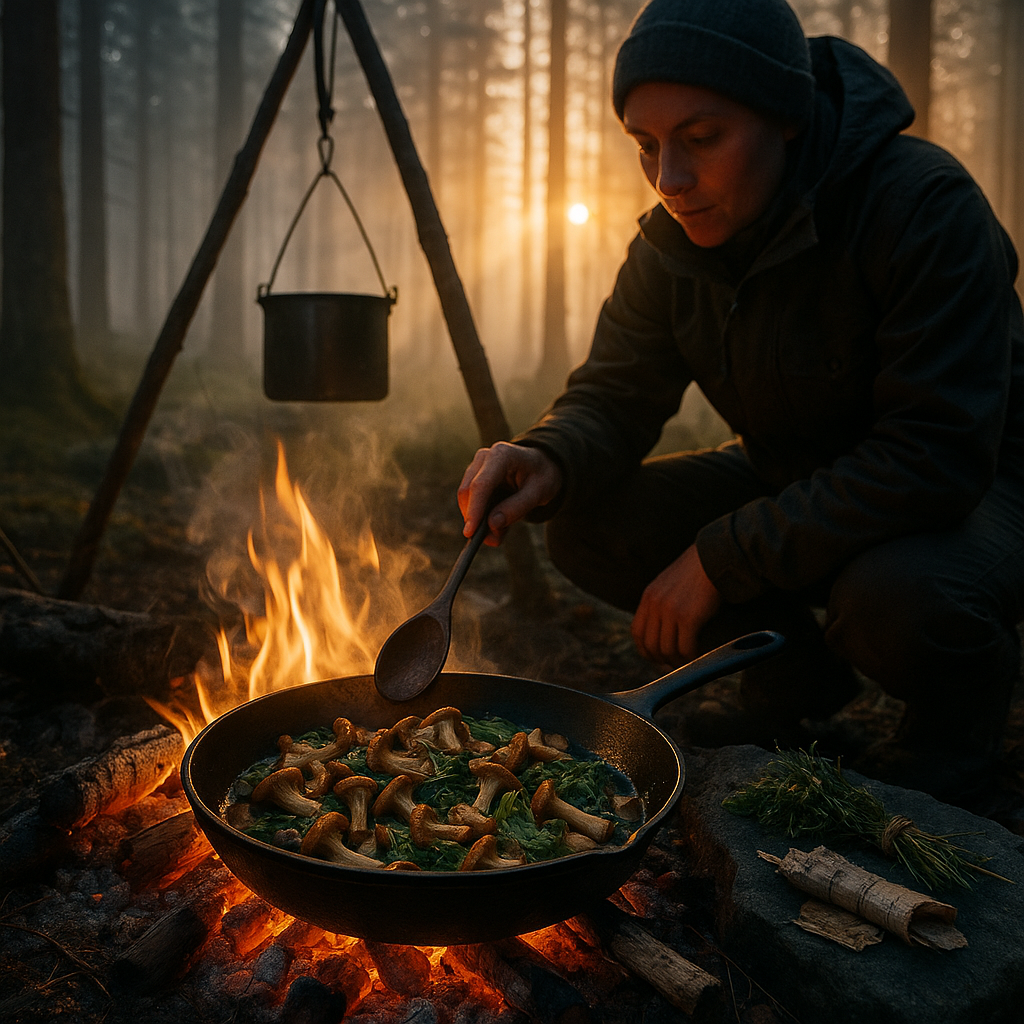Key Takeaways
- Firekeepers sustain tradition through daily rituals. Nomadic firekeepers honor centuries-old customs by tending to sacred flames each day, recognizing fire as a source of spiritual connection, protection, and renewal.
- Sacred flames bind tradition with mobility. Modern firekeepers adapt ancient practices to nomadic lifestyles by carrying portable tools and crafting rituals that harmonize with the rhythms of travel. This ensures the sacred fire remains a steadfast companion, no matter the setting.
- Ancient wisdom meets contemporary mindfulness. Through meditative fire rituals, nomads merge traditional ceremonies with modern mindfulness practices, allowing for personal reflection, emotional grounding, and spiritual fortitude on the move.
- Community begins with the fire circle. Firekeeping continues to kindle community, acting as a gathering point where stories, rituals, and shared meals deepen human connection among nomadic travelers and local communities alike.
- Ritual firekeeping transcends geographic boundaries. Nomadic firekeepers demonstrate that sacred flames can be preserved in any landscape, exemplifying the belief that spiritual grounding is fueled by intention and commitment, not by location alone.
- Adapting tools for modern sacred fires. The use of portable fire pits, lightweight fuels, and compact offerings lets nomadic firekeepers maintain ritualistic integrity while embracing the demands of mobile living, preserving authenticity even in transition.
- Firekeeping rituals promote cultural preservation. By continuing sacred practices during their journeys, modern firekeepers become custodians of cultural heritage, keeping ancestral wisdom vibrant and relevant in a rapidly changing world.
The nomadic firekeeper stands as a living example of how ancient traditions can thrive side by side with modern movement. Ahead, we journey deeper into their daily rituals, the unique tools that travel with them, and the enduring spirit that ignites every sacred flame.
Introduction
Long before borders or cities drew lines across the land, a flickering flame beckoned people together beneath the open expanse of sky. For the nomadic firekeeper, fire is far more than warmth or utility. It is a luminous thread to ancestors, a daily rite that infuses each sunrise and rest stop with meaning, no matter where the path winds.
The rituals of firekeeping do more than spark routine. They transform rugged terrain or windswept camps into sacred spaces, inviting the ancient into the now. As today’s wanderers adapt the timeless practices of firekeeping to new adventures, they preserve tradition and nurture a sense of belonging. They seamlessly weave mindfulness into the everyday, making each campfire a story of resilience, reverence, and connection. Step into the glow of the fire circle, and discover how age-old rituals continue to inspire purpose, even when home is a horizon away.
The Sacred Elements of Nomadic Firekeeping
Nomadic firekeeping braids ancient wisdom with the exhilaration of untethered movement, forging a unique approach to tending the sacred flame. At its core, this practice calls for deep respect for fire’s elemental nature and creativity in adapting tradition to changing landscapes and weather.
Stay Sharp. Stay Ahead.
Join our Telegram Channel for exclusive content, real insights,
engage with us and other members and get access to
insider updates, early news and top insights.
 Join the Channel
Join the Channel
Fire tending in motion is both an art and a meditation. Experienced firekeepers speak of the “personality” of each flame, subtle shifts in color, intensity, and movement that reveal the dance between wind, wood, and the heart of the keeper. As one seasoned traveler reflects, “The flame becomes your teacher, revealing how to remain steadfast while welcoming change.” This sensitivity cultivates both practical know-how and a profound sense of spiritual attunement.
Essential Tools and Sacred Objects
Modern nomadic firekeepers have reimagined their toolkit, blending ancestral objects with innovations designed for life on the move. Typical essentials include:
- Portable Fire Vessels: Carefully designed containers that shield the flame, allow proper airflow, and honor traditional shapes.
- Traditional Tinders: Bundles of cedar, sage, sweetgrass, and other natural materials, chosen for their ceremonial importance and practicality.
- Sacred Implements: Handcrafted tools, carved sticks, stones, shells, or copper pieces, adapted for easy travel, often made using sustainable or locally sourced materials.
- Weather Protection: Ingenious covers and windbreaks, designed to preserve the experience of classic rituals while ensuring the flame’s safety amidst unpredictable elements.
By thoughtfully assembling these tools, modern keepers preserve ritual depth and cultural authenticity, even in remote or unfamiliar settings.
Daily Rituals and Practices
The rhythm of nomadic firekeeping follows the arc of sun and sky as much as it responds to the day’s practicalities. Each morning begins with a blessing over the fire, shaping the day with gratitude and intention. Whether along mountain ridges, by rushing rivers, or in silent forests, the core ritual persists, anchored by presence, yet flexible to each landscape’s gifts.
Dawn and Dusk Ceremonies
Morning and evening form the heartbeats in the fire’s daily life. Nomadic firekeepers have crafted portable versions of classic ceremonies that honor ancient significance while fitting the choreography of travel:
- Dawn Fire Awakening: Gently coaxing embers to life, followed by whispered or sung blessings of thanks and renewal.
- Midday Tending: Assessing fuel and airflow, tuning the fire to each unique weather challenge.
- Sunset Blessing: Adding woods or aromatic herbs attuned to the day’s lessons, sage for cleansing, cedar for strength.
- Night Watch: Keeping the flame steady through meditation, storytelling, or silent contemplation before sleep.
These rituals transform routine maintenance into a moving meditation, forging a daily lineage between firekeeper, earth, and sky.
Adapting Ancient Wisdom for Modern Movement
As nomadic lifeways merge with today’s innovations, firekeepers continue to bridge centuries-old customs with contemporary needs. Far from diminishing the sacred, these adaptations breathe relevance into ritual, making space for safety, sustainability, and community anywhere the journey leads.
Innovative Approaches to Traditional Methods
Modern nomadic firekeeping stands as a testament to creative evolution. Innovations include:
- Eco-Friendly Fuel Sources: Replacing wood with sustainable briquettes or biomass, minimizing environmental impact while maintaining ritual purpose.
- Collapsible Sacred Spaces: Employing foldable fire rings, reusable tarps, and modular altars to recreate sacred geometry in any terrain.
- Weather and Safety Technology: Using solar chargers, compact fire blankets, and app-based weather alerts to keep flames (and forests) safe.
- Mobile Gathering Spaces: Designing pop-up shelters and communal zones for impromptu ceremonies, song, and shared meals with fellow travelers.
These evolutions allow the firekeeper to honor ancestral teachings while navigating the realities of outdoor life.
Community and Connection
Fire, by its very nature, draws people together. For wandering firekeepers, community is not a fixed point but a constellation of relationships formed in the circle’s glow. Flame Circles, physical gatherings at festivals, seasonal camps, or quiet forest clearings, allow keepers to share wisdom, songs, and the deep silence of contemplation.
Building Mobile Fire Communities
Modern firekeepers play an essential role in weaving old bonds into new patterns:
- Organizing Temporary Sacred Spaces: Leading rituals wherever two or more gather, from mountain summits to city parks.
- Facilitating Online Forums: Sharing stories, photos, and troubleshooting advice with global peers via digital platforms. In this way, the fire circle extends across continents.
- Creating Seasonal Gathering Points: Marking solstices, equinoxes, and ancestral holidays with collective ceremonies that unite nomads and settled communities.
- Documenting Diverse Traditions: Recording oral histories, rituals, and recipes for future generations, ensuring the full tapestry of firekeeping wisdom lives on.
Across all these avenues, firekeepers nurture the vital social thread that keeps tradition alive in the heart of perpetual movement.
Seasonal Considerations and Adaptations
Each season carries challenges and lessons. Winter’s chill requires added vigilance: insulated vessels, layered windbreaks, and careful monitoring of fuel. Summer reverses the concern, demanding water buckets, fireproof mats, and a profound awareness of wildfire prevention. Spring and autumn offer opportunities for unique ceremonies marking renewal or letting go.
Weather Wisdom and Modern Tools
Navigating shifting elements draws on both traditional knowledge and new resources:
- Reading Nature’s Cues: Observing cloud breaks, animal movements, and wind shifts, skills learned through long practice.
- Leveraging Technology: Utilizing GPS weather tracking, lightning strike alerts, and drought maps to make informed decisions.
- Seasonal Migration Planning: Choosing routes and stays that align with ancestral migration patterns and the safest windows for firekeeping.
- Environmental Stewardship: Performing impact assessments, following Leave No Trace principles, and adapting ceremonies to minimize





Leave a Reply